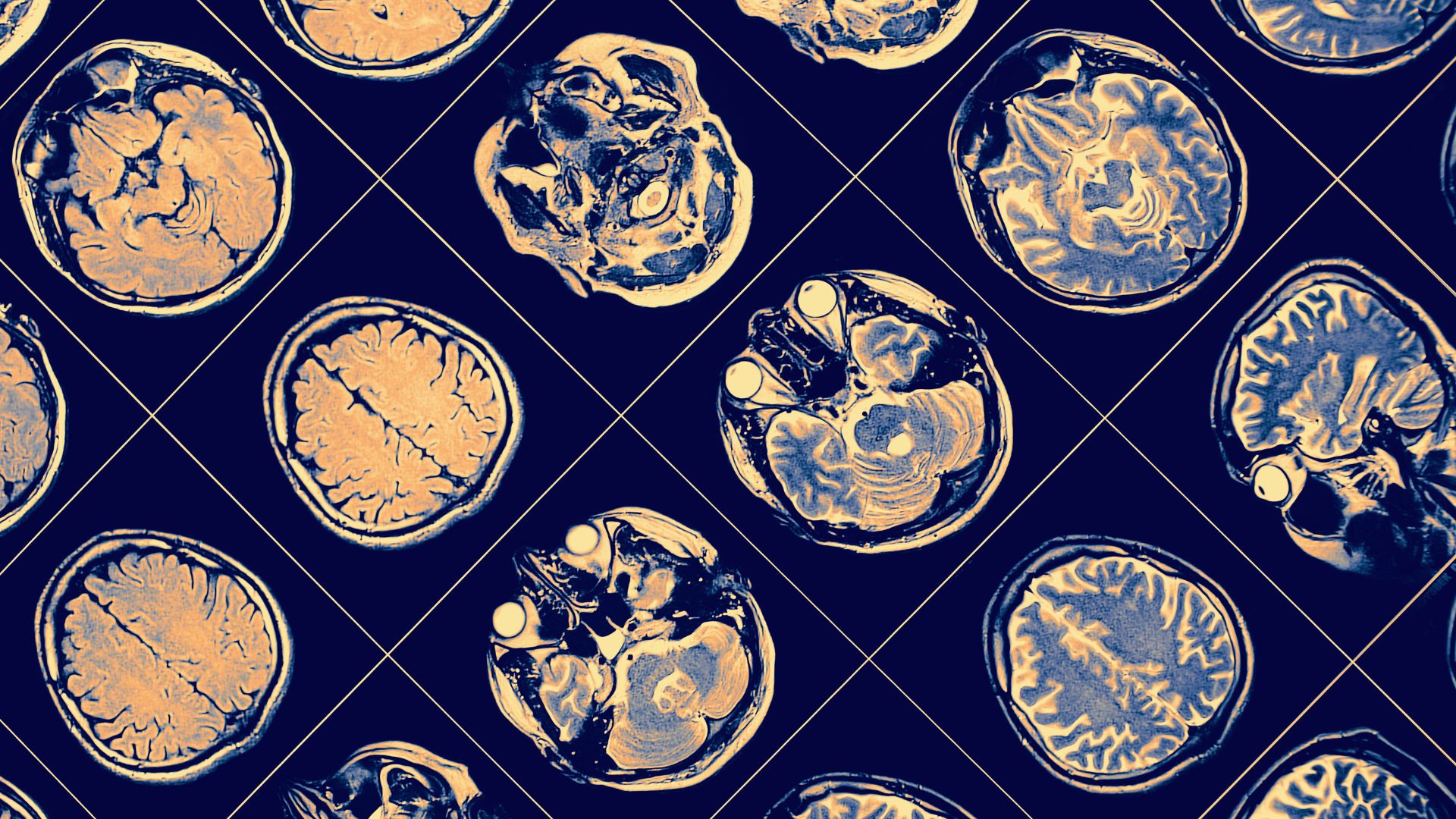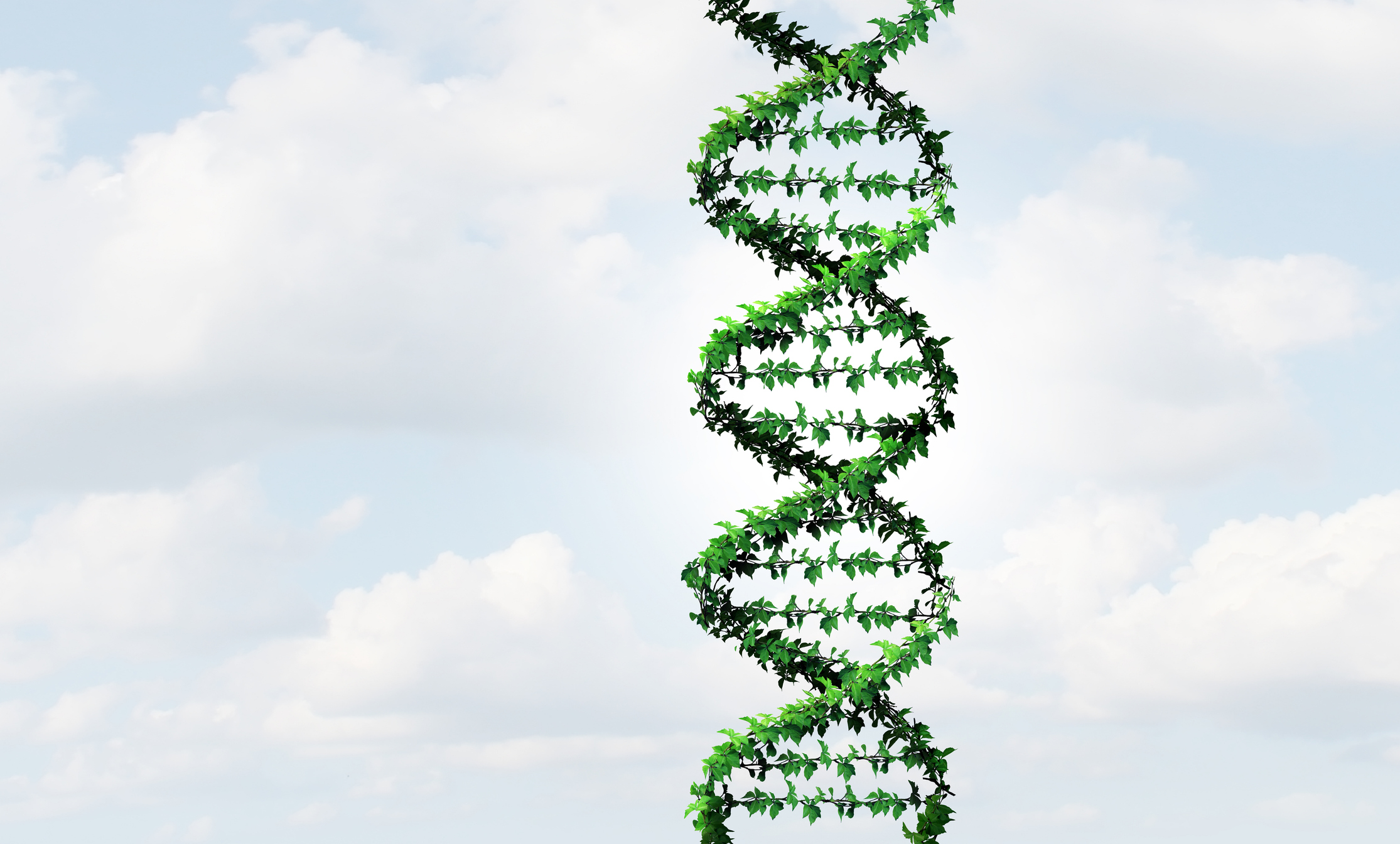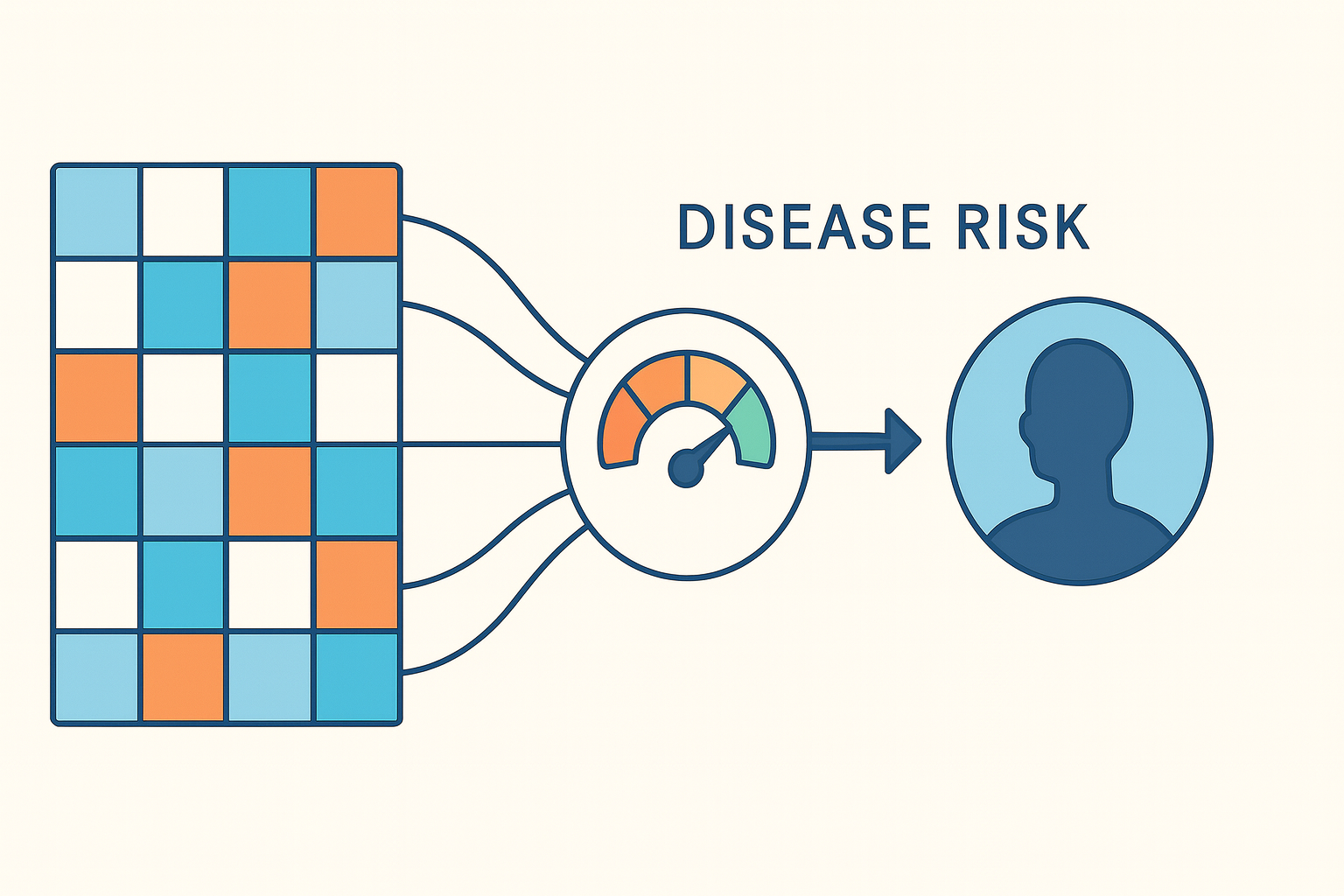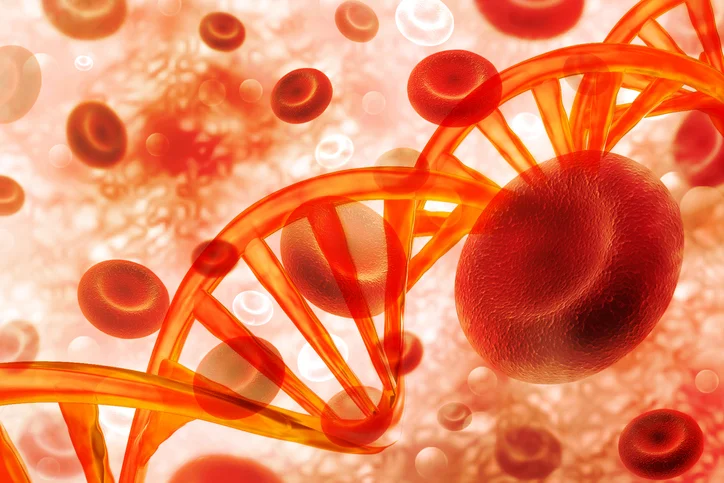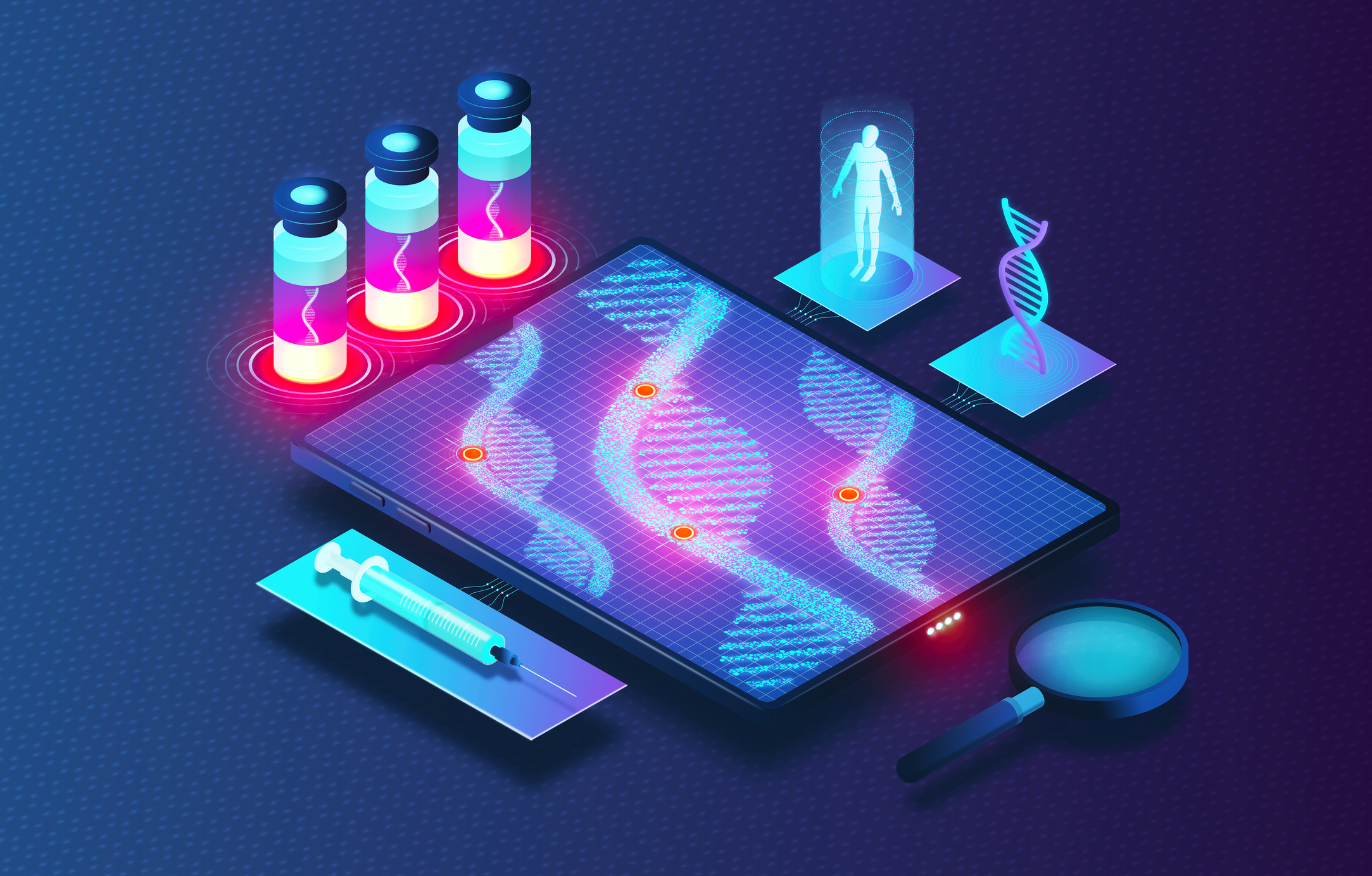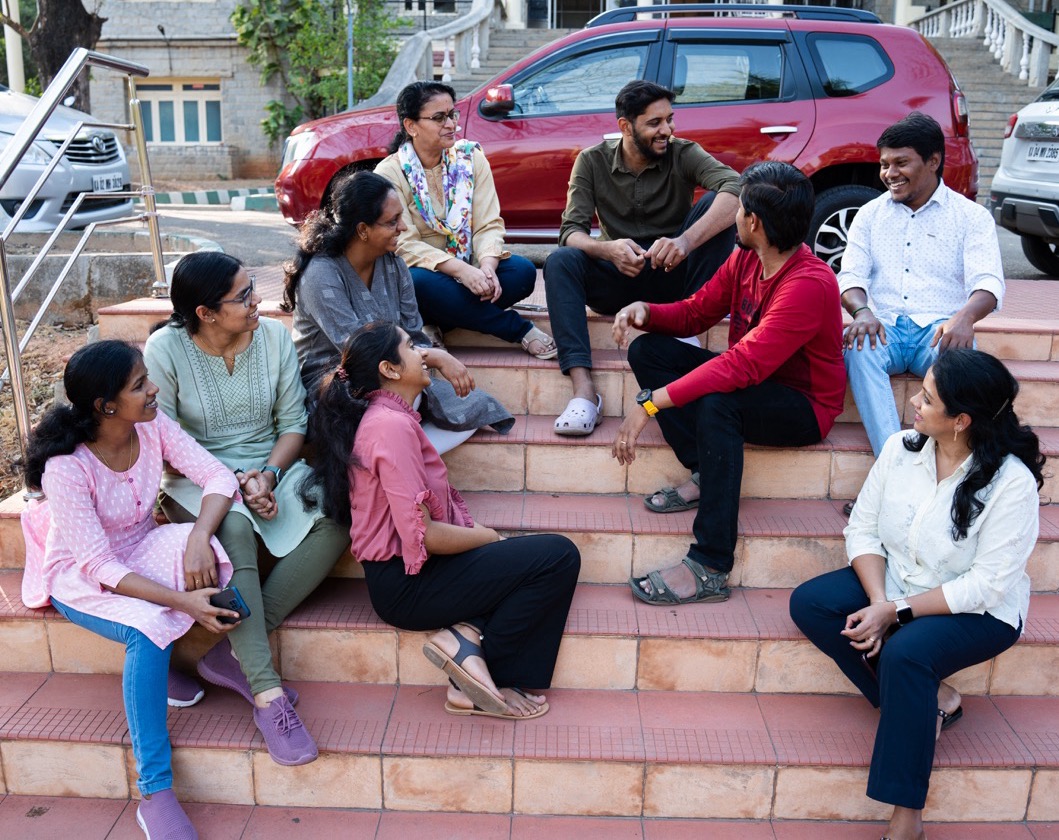Neurological disorders, including leukodystrophy, neuropathy, dystonia, myopathy, autism spectrum disorder, intellectual disability, and many others, often have roots in genetic mutations and represent a major cause of disability and death globally. Accurate and timely diagnosis through genome sequencing is crucial for identifying the underlying genetic causes, enabling targeted treatments, and improving patient outcomes. Despite the clinical complexity and overlap of symptoms, genome sequencing offers precise diagnoses, aids in prognostication, and informs personalized management strategies, even though there are challenges in cost and interpretation.
To better understand the needs and landscape of genetic mutations underlying neurological disorders, Strand conducted a study of the whole exome sequences of 1082 unrelated individuals in India, who had clinical indications of a neurological condition. The NGS-based Whole Exome Test is a comprehensive approach for diagnosing neurological disorders, as it can detect all types of variants, including CNVs, in a single test. It is unbiased and does not rely heavily on prior clinical information.
Next Generation Sequencing was thus used to build DNA libraries, and the sequences were processed using the DRAGEN Enrichment pipeline. Variant annotation and prioritization was done by combining DRAGEN the STRAND NGS pipeline - an analysis platform from Strand Life Sciences that comprises algorithms for alignment, variant calling, and detecting structural variants.
After variant calling, single nucleotide variants (SNVs) and small indels were prioritized using festiVAR (v0.97.6). festiVAR (fast estimation of variants for automated reporting) is a variant interpretation platform innovated by Strand that considers factors such as HPO terms, gene and variant-level details, inheritance models, variant counts, predicted effects, allele frequencies, and presence in disease databases. The prioritized variants were then selected for reporting in StrandOmics (v6.28.0), a cutting edge clinical genomics interpretation and reporting platform.
In this cohort, the overall diagnostic yield for pathogenic and likely pathogenic variants was 40%, with the highest diagnostic rates observed in muscular dystrophy (65%) and leukodystrophy (51%), while autism and intellectual disability had the lowest rate at 22%. Notably, our detection rate for epilepsy was around 35%, which is higher than the 10-20% reported in other large-scale studies. Variants of uncertain significance (VUS) were found in 26% of cases, with the highest detection in autism and intellectual disability (38%). The DMD gene was the most common contributor to mutations (12 occurrences), followed by CAPN3 (10 occurrences). Other genes like SLC2A1, CEP290, and PLA1G6 had fewer mutations. The mutation spectrum included 50.4% missense, 15.3% nonsense, 12.8% frameshift, 8.6% splice-site, 0.7% in-frame, and 12.1% structural variants (CNVs). CNVs were found in 12.1% of positive cases, with 54.02% being large CNV band events and 45.98% intragenic, of which 80% were multi-exon events.
We also demonstrated that our in-house interpretation tool, festiVAR, is efficient and reliable, significantly reducing interpretation time and improving the identification of causative genes and variants. Overall, festiVAR greatly enhances the accuracy and speed of diagnosing complex neurological cases, leading to quicker diagnosis and treatment.
To learn more, read the poster we presented at ASHG 2024.




